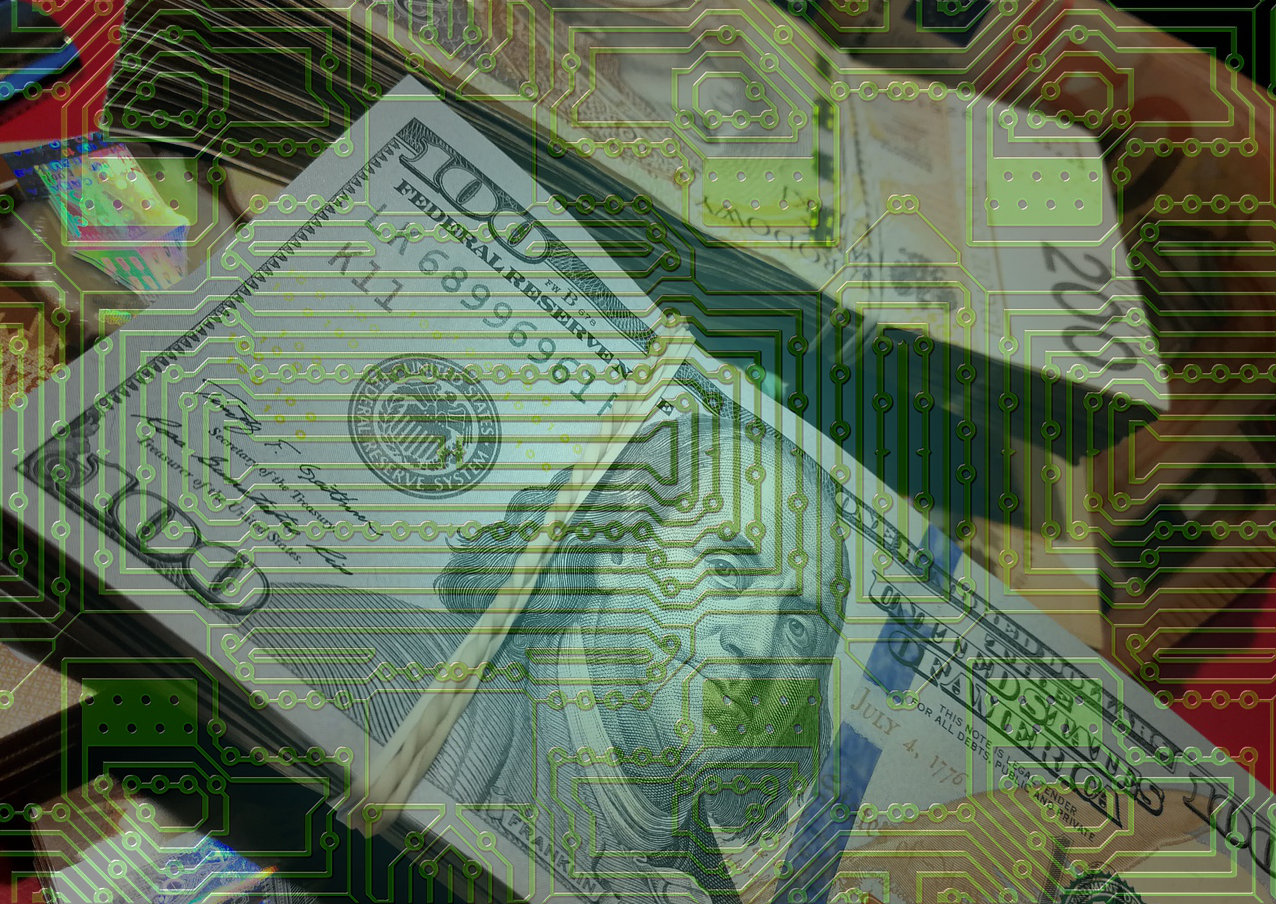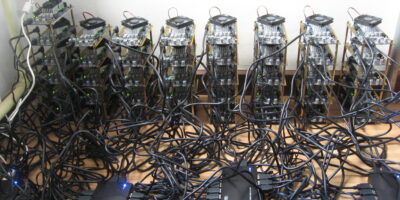Anonymous Digital Cash

Central banks such as the Bank of Canada, Bank of England, Swedish Riksbank and Danmarks Nationalbank have been exploring the idea of a new product called central bank digital currency, or CBDC. CBDC is meant to be an internet-ready version of the banknote that at first supplements, and much later replaces its paper cousin.
Since banknotes provide anonymity, probably the most important issue in creating a CBDC is how this anonymity will be carried over from the physical version. Bech & Garratt (2017) specify two types of financial anonymity. The weaker of the two, counterparty anonymity, means that a person initiating a payment–the payor–need not reveal his/her true identity to the recipient. The more stringent third-party anonymity means that the payor is invisible to all other parties, including the entity that is running the payments system. Cash, for instance, offers both counterparty and third-party anonymity. A credit card offers neither.
According to Kahn and Roberds (2005), two Federal Reserve economists, counterparty anonymity is useful because it can prevent certain types of fraud. A debit or credit card payment might provide the card receiver, or anyone in between, with information that helps abet identity theft. Money that offers counterparty anonymity allows consumers who are wary of identity theft to engage in transactions they would not otherwise feel safe making.
Third-party anonymity is a more controversial topic because of its association with criminality. Since complete invisibility protects them from being traced, criminals are significant users of third-party anonymous instruments like cash. But full anonymity has a place with non-criminals too. Digital cash pioneer David Chaum once wrote that the amount of knowledge a payments processor might amass could “reveal a great deal about the individual’s whereabouts, associations, and lifestyle.” In this light, it may not be surprising that according to a recent ECB survey on cash usage, 13% of Europeans reported that anonymity is one of the top two reasons they use cash. Only a CBDC that offers third-party anonymity would meet their needs.
Due to worries of criminal use, central banks have been leery about creating a CBDC that offers cash-like levels of anonymity. The Riksbank’s governor recently quibbled that “perhaps it [CBDC] could contain some element of anonymity” and the Danmarks Nationalbank immediately batted the idea down saying that anonymity would “not be appropriate or acceptable.”
Somewhat paradoxically, I think central bankers should consider third-party anonymous CBDC–precisely because criminals will use it. Criminal acceptance of a CBDC is important for two reasons. The more banknotes and CBDC that the public chooses to hold, the higher the central bank’s profits, or seigniorage. Seigniorage arises because the central bank pays 0% interest on CBDC and banknotes but owns an asset that earns 3-4%. It is in turn paid back to government.
An unwritten assumption of central banking is that a Bank’s degree of independence from the executive branch of the government is related to the healthiness of the seigniorage it provides. Independence is important because it allows monkish central bankers to target inflation without getting entangled in politics. Since criminals hold a large proportion of cash in circulation, they may be the lifeblood of independent central banking, as strange as that may sound. As long as a CBDC lacks third-party anonymity, once it become time to retire banknotes (say twenty years from now) criminals will not shift into CBDC. Seigniorage will collapse and independence will go out the door.
The other reason for not shying away from criminal embracement of CBDC is because it may be better than the alternative: criminal takeover of the business of anonymous payments. McAndrews (2016) has a theory that, in the event of withdrawal of high denomination banknotes, criminals will turn to secret debts to make payments. The task of providing these debts and enforcing their value will fall to the organized crime; the mafia. Extortion of otherwise legitimate businesses to create debt claims would expand, says McAndrews, with a higher rate of bribes to the police providing cover. Violence and the threat of violence would increase, making society worse off.
So providing criminals with anonymous money, whether that be high denomination banknotes or CBDC, may be a bit like supplying sterile needles to drug users. Even though free needles may increase the usage of drugs, they significantly decrease the dangers of usage, in turn reducing net costs to society.
In closing, let’s return to the Danmarks Nationalbank’s quick dismissal of anonymous CBDC as “not appropriate” because CBDC transactions would eclipse cash payments. Denmark has been administring free sterile needles for many years. Perhaps the Danmarks Nationalbank can learn from its colleagues in the health department. A clean CBDC will of course be used by criminals, just like criminals will use clean needles. But by supplying it, the central bank avoids an unclean alternative.










